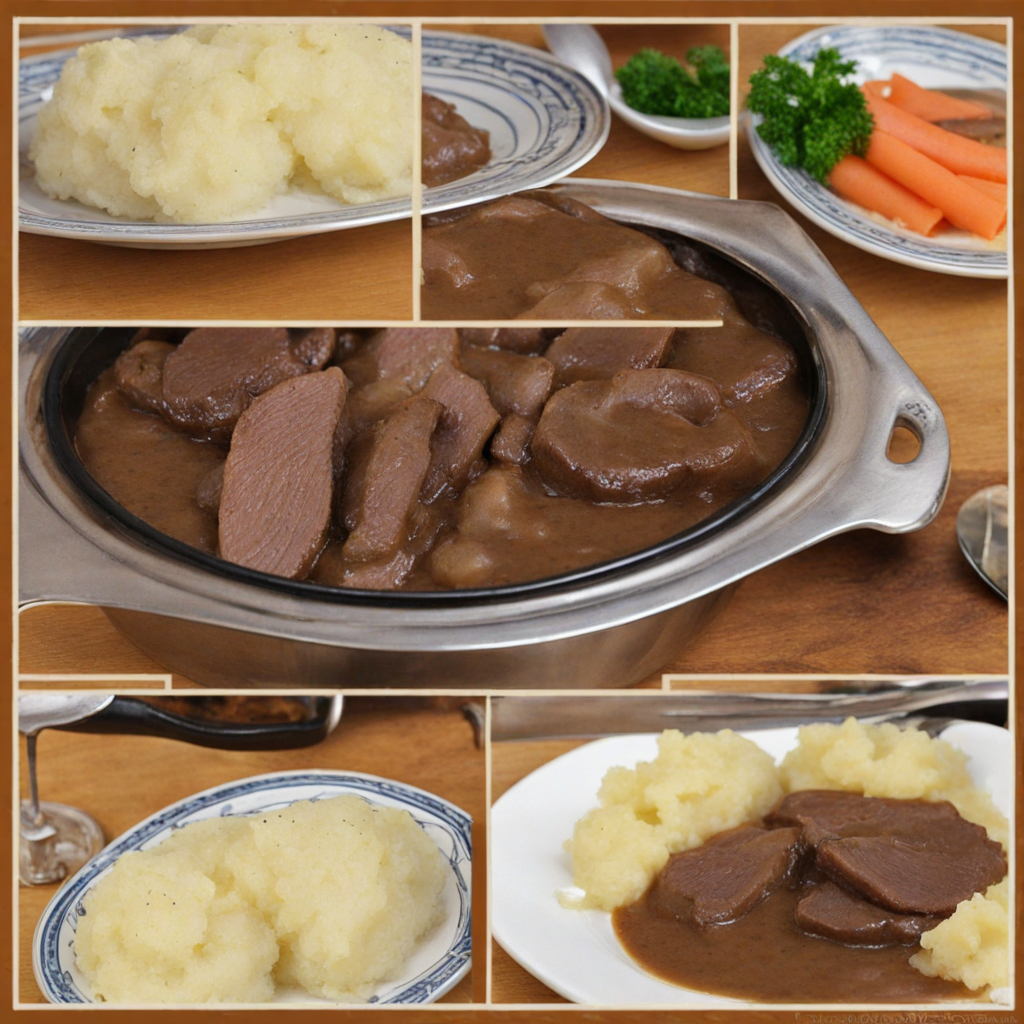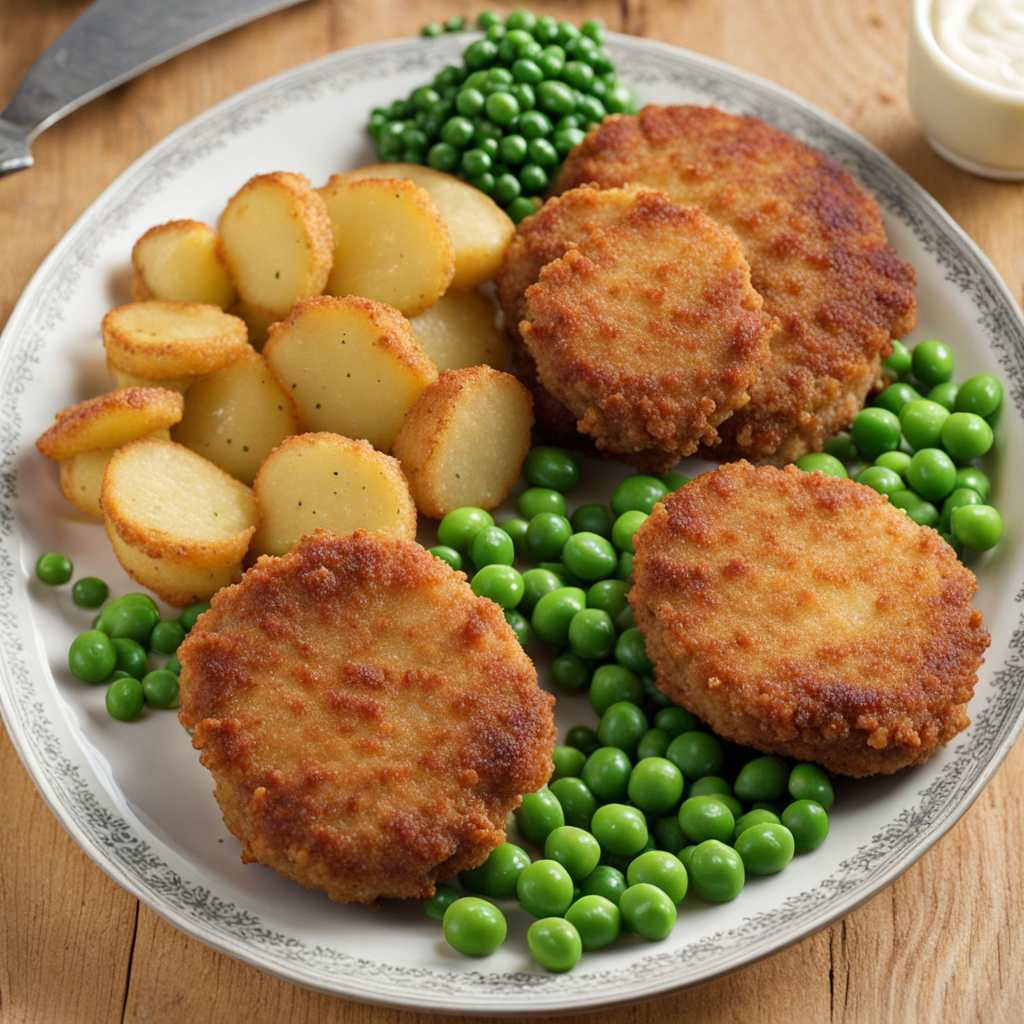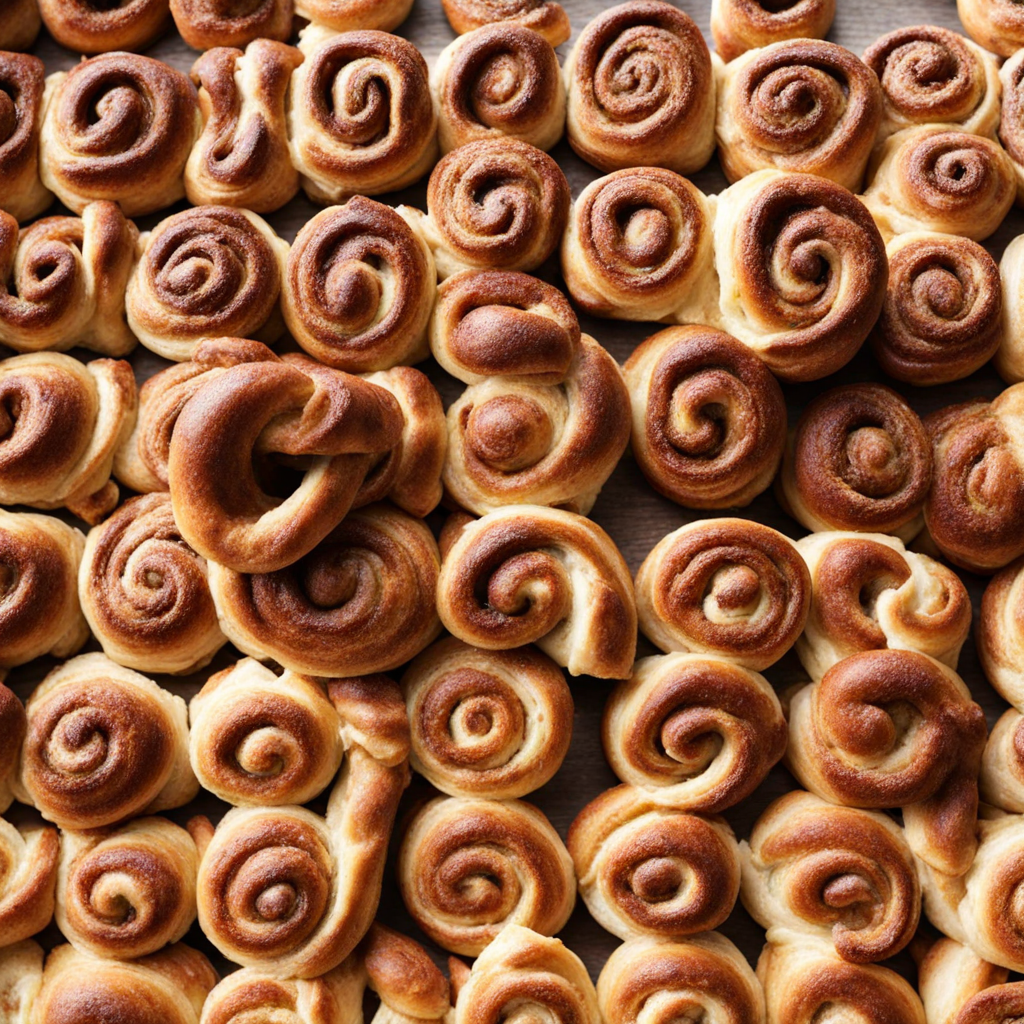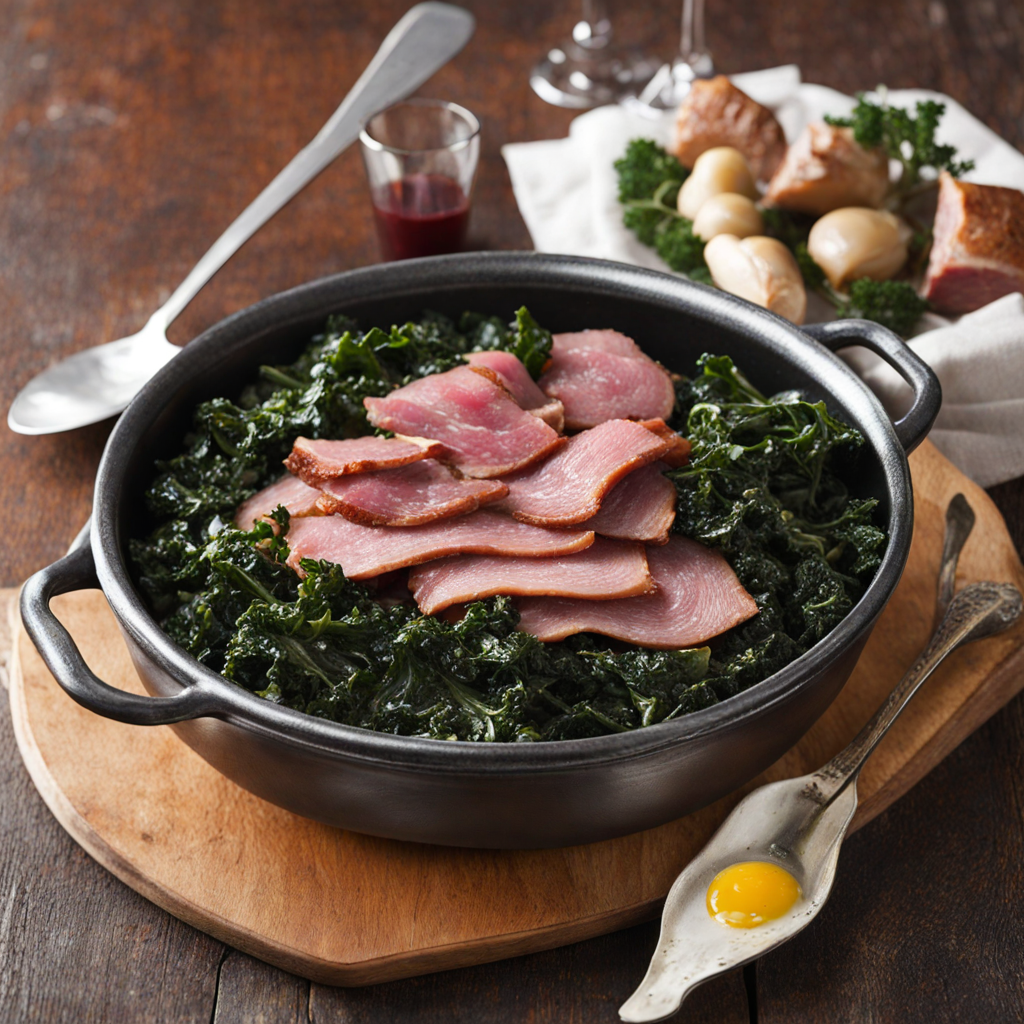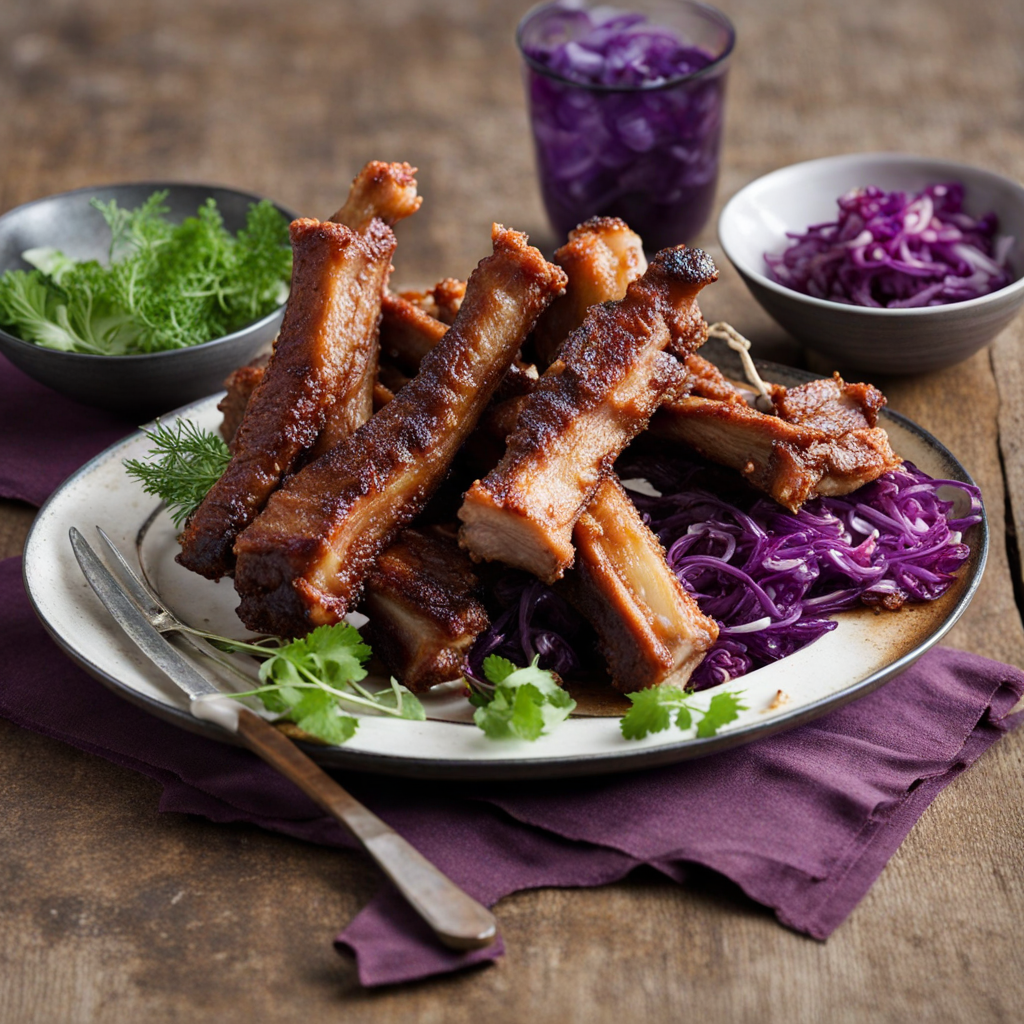Kalvelever
Kalvelever, or calf liver, is a traditional Danish delicacy that offers a unique taste experience for those willing to explore its rich and savory flavors. This dish is typically prepared from young calves, ensuring the meat is tender and has a mild flavor compared to more mature liver. The texture is smooth and slightly creamy, making it an ideal candidate for various cooking methods, including pan-frying, grilling, or even baking. When cooked properly, Kalvelever delivers a delicate balance of earthiness and sweetness, which is enhanced by the right seasoning and accompaniments. In Denmark, Kalvelever is often served with a variety of traditional sides that complement its robust flavor. Common pairings include caramelized onions, crispy bacon, or a tangy sauce made from vinegar and capers, which add acidity and brightness to the dish. Potatoes, particularly in the form of creamy mash or roasted, are a staple side that helps to mellow the liver's richness while providing a comforting element. Fresh herbs, like parsley or thyme, are frequently sprinkled on top for an aromatic finish, elevating the dish's presentation and taste profile. For those new to Kalvelever, the experience can be both intriguing and rewarding. The dish may be unfamiliar at first, but its versatility means it can be adjusted to suit different palates. Some might find the liver's distinct flavor to be an acquired taste, while others may be captivated by its depth and complexity. Whether enjoyed in a cozy Danish bistro or prepared at home, Kalvelever is a culinary adventure that showcases the essence of Danish cuisine, encouraging food lovers to embrace and savor new tastes.
How It Became This Dish
The History of Kalvelever: A Danish Culinary Tradition Kalvelever, or veal liver, holds a special place in Danish cuisine, celebrated for its rich flavor and versatility. While it may not be as commonly known as other Danish staples, Kalvelever has deep historical roots and reflects the agricultural traditions and culinary practices of Denmark. This exploration of Kalvelever will delve into its origins, cultural significance, and development over time, providing a comprehensive understanding of this unique dish. #### Origins of Kalvelever The tradition of consuming organ meats, including liver, can be traced back to ancient societies. In Denmark, the practice is intertwined with the country’s pastoral lifestyle. The Danish landscape, characterized by fertile fields and lush pastures, has long supported livestock farming, particularly cattle. The consumption of veal liver can be linked to the need to utilize every part of the animal, a practice stemming from a time when food scarcity necessitated resourcefulness. Historical texts indicate that organ meats were commonly consumed in Northern Europe during the Middle Ages. In Denmark, the popularity of veal liver likely grew during this period as cattle farming became more widespread. The Danish diet was heavily influenced by the agrarian lifestyle, and veal liver was an accessible source of protein for rural families. It was often prepared in simple ways, highlighting the natural flavors and textures of the meat. #### Cultural Significance Kalvelever is not just a dish; it embodies a cultural connection to Danish heritage and culinary practices. In Denmark, food is an essential part of family traditions and celebrations. Kalvelever has been served in various forms at family gatherings and festive occasions. It is often prepared as a main course alongside traditional accompaniments such as potatoes, onions, and gravy. The dish’s cultural significance extends beyond family meals. In Danish cuisine, organ meats, including liver, are considered delicacies, often associated with autumn and winter feasting. Seasonal ingredients, such as root vegetables, complement the rich flavors of the liver, making it a popular choice for hearty winter meals. Kalvelever is also featured in traditional Danish smørrebrød, an open-faced sandwich that showcases the diversity of Danish culinary traditions. In recent years, there has been a renewed interest in offal and nose-to-tail cooking, with chefs and home cooks alike embracing Kalvelever as part of this movement. This resurgence reflects a broader awareness of sustainable eating practices and a desire to honor traditional cooking methods. As such, Kalvelever has found its way into modern Danish cuisine, where it is celebrated for its flavor and nutritional value. #### Development Over Time The preparation of Kalvelever has evolved over the centuries, influenced by changing culinary trends and globalization. In the 19th century, as Denmark underwent industrialization, the way people cooked and consumed food began to shift. Urbanization led to a more diverse food culture, and traditional dishes like Kalvelever started to adopt new flavors and cooking techniques. During this time, recipe books began to emerge, documenting popular dishes and cooking methods. Danish cookbooks from the late 19th and early 20th centuries often included recipes for Kalvelever, showcasing various preparation styles—from frying and grilling to baking and stewing. The incorporation of spices and herbs became more common, adding depth to the dish and reflecting broader European culinary influences. Post-World War II saw a significant shift in Danish eating habits, with a focus on convenience and processed foods. Despite these changes, Kalvelever maintained its presence on the dining table, especially during festive seasons. The dish became a symbol of comfort and nostalgia, often prepared by mothers and grandmothers who passed down their recipes through generations. In contemporary Denmark, Kalvelever is experiencing a revival thanks to the growing popularity of local and sustainable food movements. Chefs are reinterpreting traditional recipes, experimenting with flavor pairings, and presenting Kalvelever in innovative ways. For instance, some restaurants now serve it with contemporary garnishes like pickled vegetables, fruit compotes, or even foams, highlighting the dish's adaptability to modern palates. Moreover, the farm-to-table movement has brought attention to the quality of ingredients. Danish farmers are increasingly focused on humane and sustainable practices in livestock farming, leading to a greater emphasis on the quality of veal used for Kalvelever. This shift has not only improved the taste of the dish but has also fostered a stronger connection between consumers and the origins of their food. #### Kalvelever in Modern Cuisine Today, Kalvelever can be found in various dining establishments across Denmark, from traditional eateries to gourmet restaurants. It is often featured on seasonal menus, particularly during the autumn and winter months when hearty dishes are in high demand. The dish is typically served with classic accompaniments, such as creamy mashed potatoes, sautéed onions, and a rich gravy, but it is also open to interpretation by innovative chefs. In addition to its presence in restaurants, Kalvelever is a popular choice for home cooks seeking to reconnect with traditional Danish cooking. Many families still pass down cherished recipes, showcasing the dish's enduring significance in Danish culinary culture. Whether prepared as a comforting family meal or served at a festive gathering, Kalvelever continues to evoke a sense of heritage and connection to the land. #### Conclusion Kalvelever is more than just a dish; it represents a rich tapestry of Danish history, culture, and culinary evolution. From its humble beginnings as an essential source of nutrition in rural households to its modern-day status as a celebrated delicacy, Kalvelever has adapted to the changing tides of time while retaining its core essence. As Denmark moves forward, this traditional dish will undoubtedly continue to evolve, reflecting both the nation’s agricultural roots and its contemporary culinary landscape. Whether enjoyed in a cozy home kitchen or at a fine dining establishment, Kalvelever remains a delightful testament to Denmark’s enduring love for quality, flavor, and tradition.
You may like
Discover local flavors from Denmark


